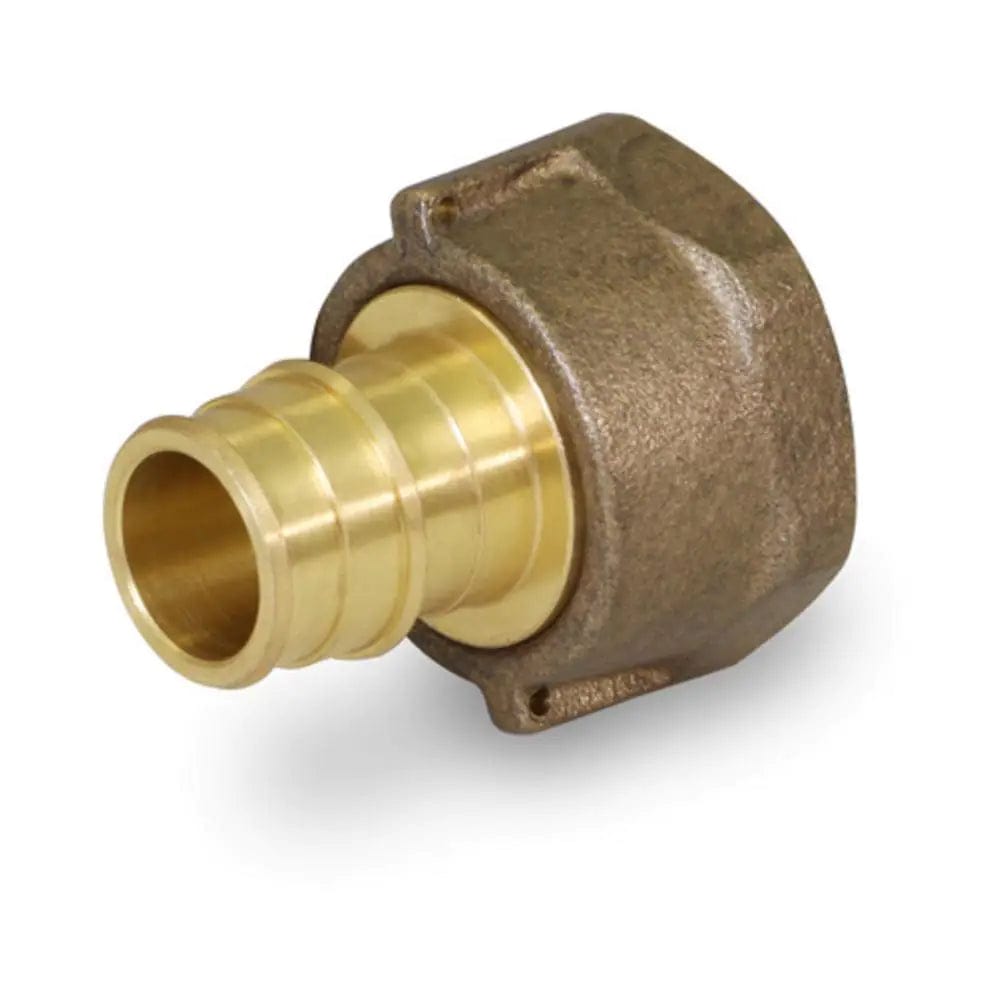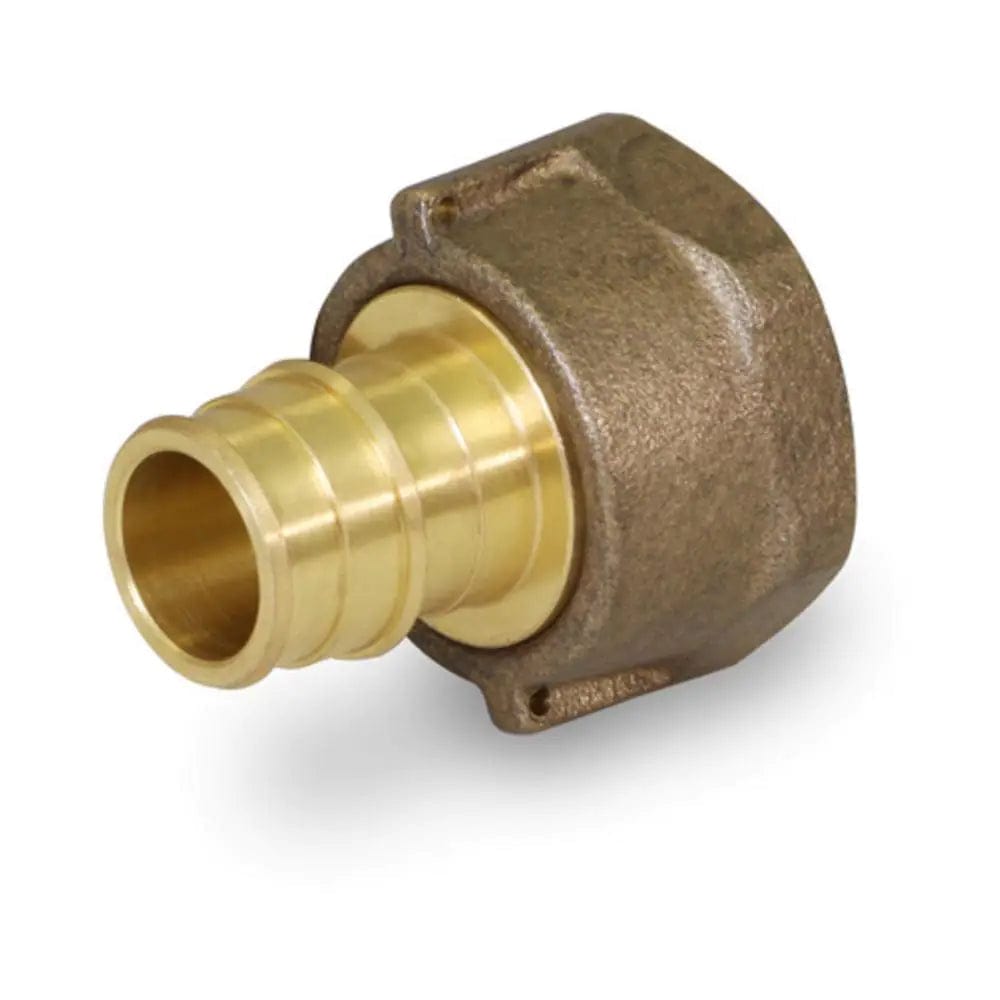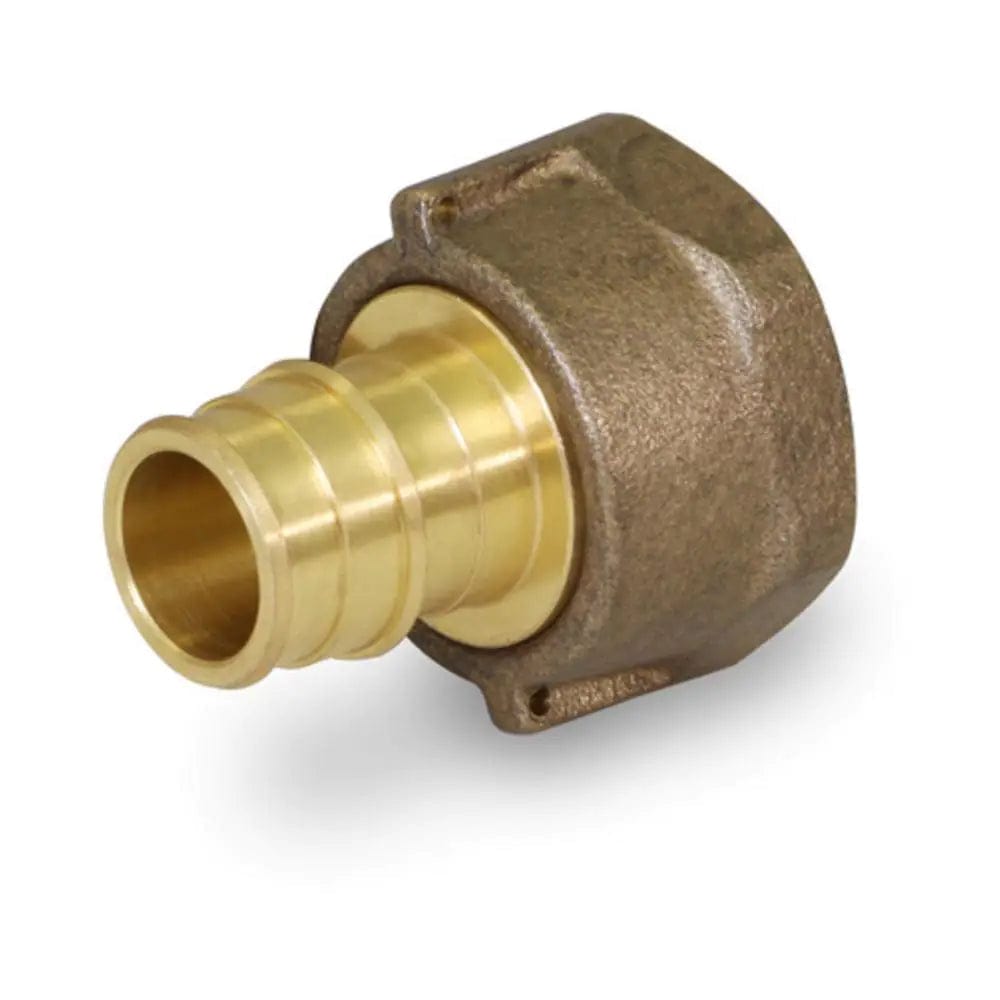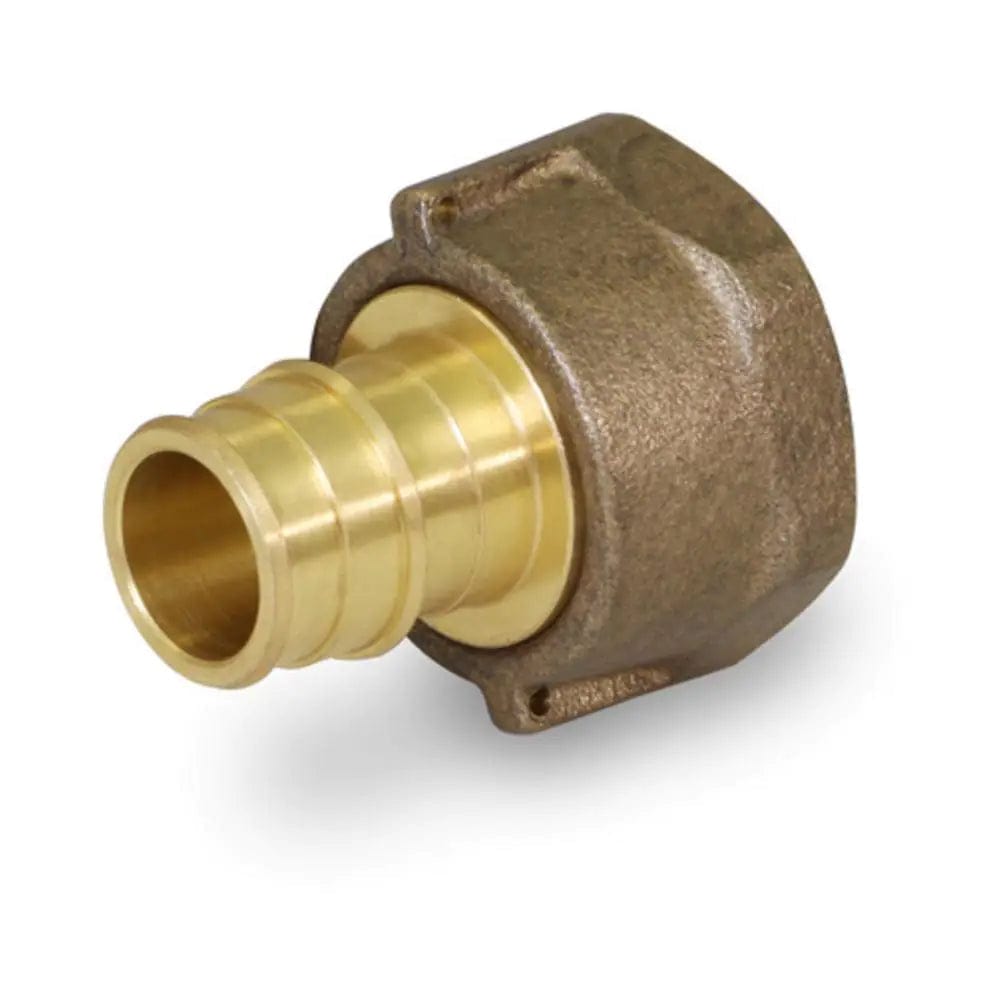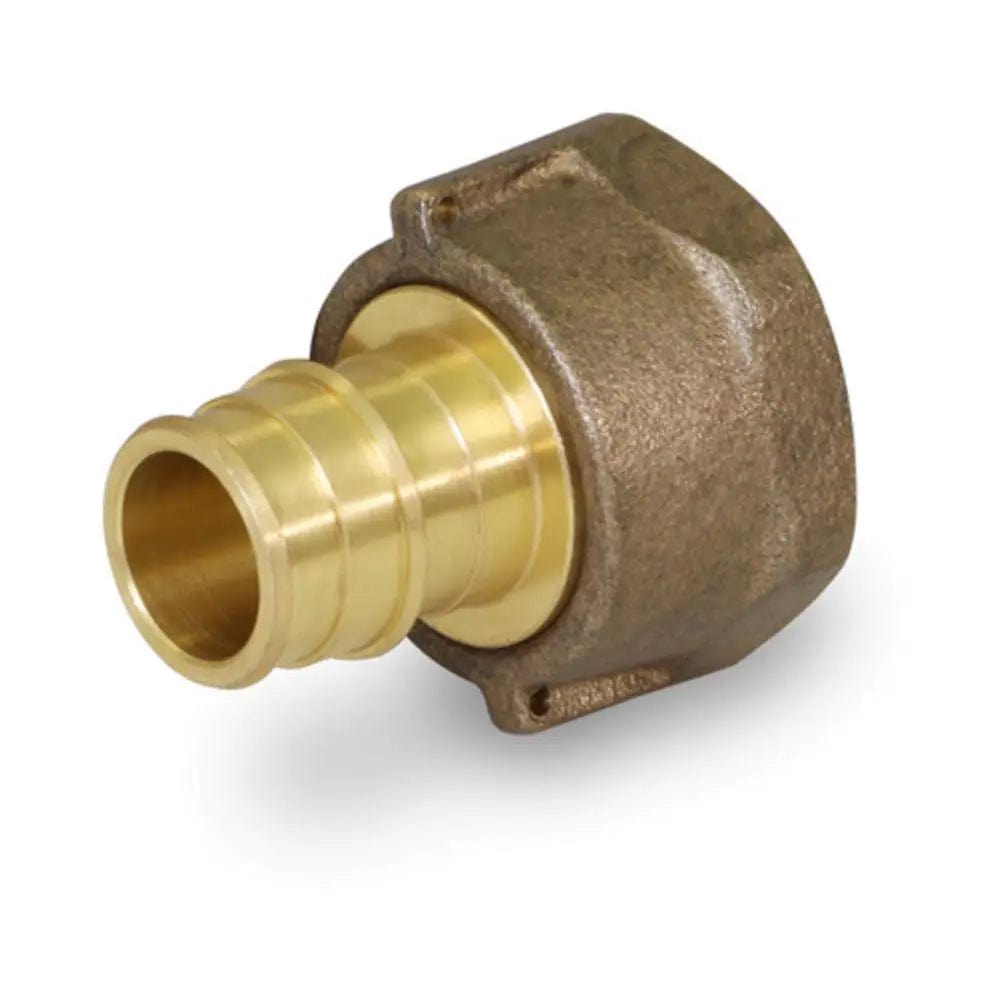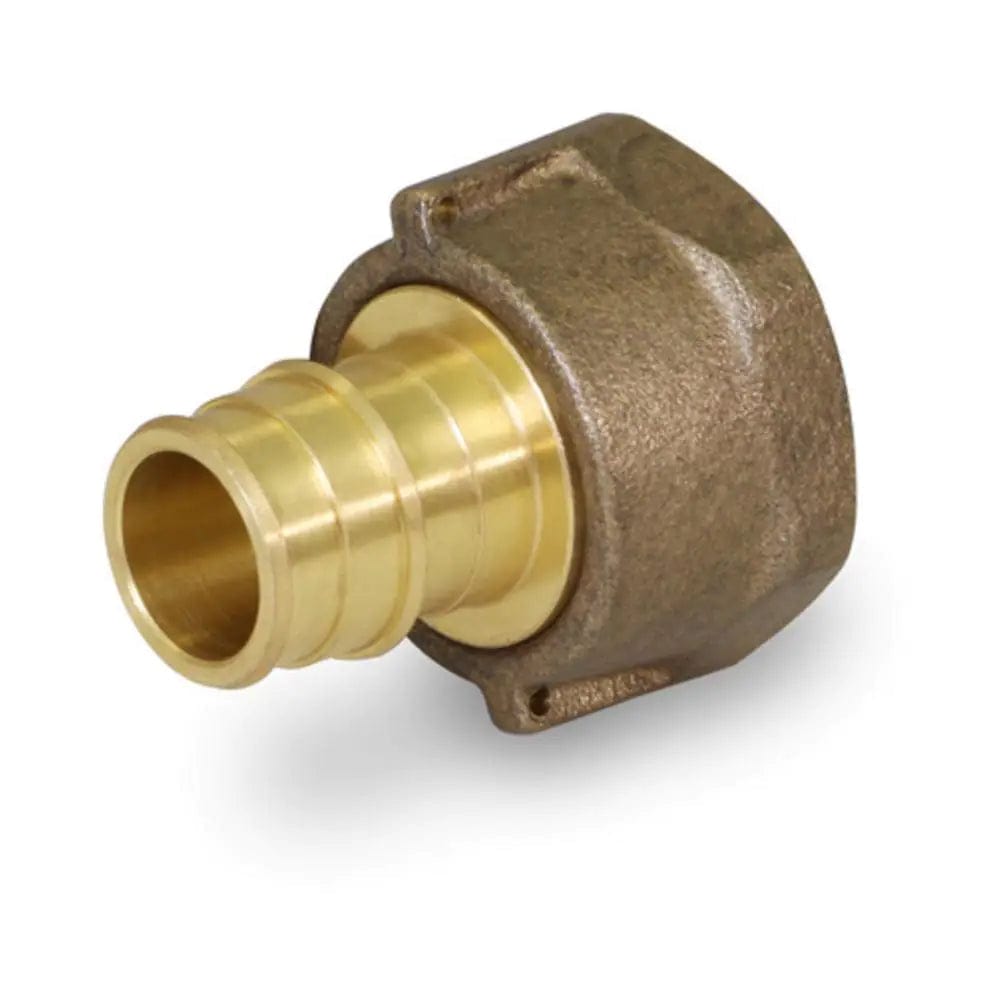About Water Meter Couplings
Water meter couplings are fittings used to connect water meters to the piping system. They facilitate the installation, removal, and maintenance of water meters by providing a secure and leak-free connection. Here are some key features and information about water meter couplings:
-
Purpose: Water meter couplings serve as the connection point between the water meter and the supply piping system. They allow for the accurate measurement of water flow and provide a means to easily access and service the water meter when necessary.
-
Material: Water meter couplings are commonly made of brass or bronze, as these materials offer durability, corrosion resistance, and good sealing properties. The selection of the material depends on the specific application and the requirements of the plumbing system.
-
Connection Type: They typically use threaded connections to join the water meter to the piping system. Male and female threads are present on each end of the coupling to enable connection to the corresponding threaded ends of the water meter and the supply pipe.
-
Size: These are available in various sizes to match the dimensions of the water meter and the pipe. The size is typically determined by the outer diameter of the pipe and the corresponding inlet/outlet size of the water meter.
-
Gaskets or Sealing Elements: To ensure a watertight connection, they often incorporate gaskets or sealing elements. These components create a tight seal between the coupling and the water meter and prevent leaks.
-
Installation: Proper installation is crucial for a reliable connection. It involves cleaning and preparing the threaded ends of the water meter and the pipe, applying appropriate sealants or thread tape, and securely tightening the coupling using appropriate tools.
-
Accessibility: Water meter couplings should be installed in a location that allows for easy access to the water meter for reading, maintenance, and replacement. Accessibility considerations should adhere to local plumbing regulations and guidelines.
-
Compliance: When installing water meter couplings, it is essential to comply with local plumbing codes and regulations. These codes may specify the required materials, installation procedures, and standards for water meter connections.
-
Compatibility: They should be compatible with the type of water meter being used, such as positive displacement meters or turbine meters. Ensure that the coupling matches the specifications and thread types recommended by the water meter manufacturer.
Proper maintenance and periodic inspections of water meter couplings are important to ensure they remain in good working condition. Regular checks for leaks and signs of deterioration, such as corrosion or degradation of gaskets, can help identify any potential issues and prevent water loss or damage to the plumbing system.

